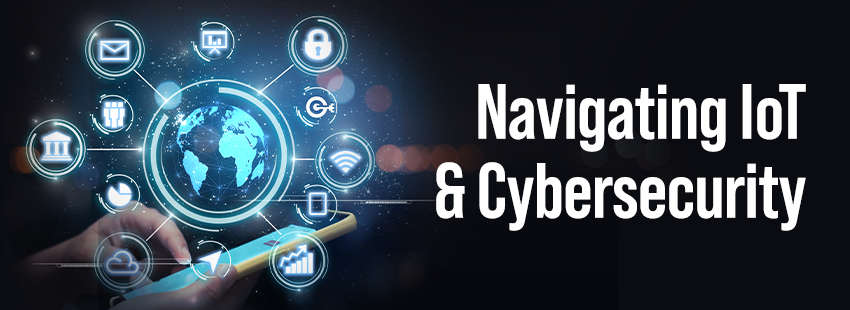Why Managed SOC is Key in an Ever-Changing Threat Landscape
Why Managed SOC is Key in an Ever-Changing Threat Landscape
2020 broke all records for cyberattacks, with attacks targeting every industry and size of business. With 2021 already showing no sign of threats slowing down, companies need to ensure they are protected.
This is especially true for small and medium businesses (SMBs), who face the same risk of attack as large enterprises but typically have less budget for protections. With the average attack costing an organization $200,000, it’s a genuine possibility that an attack could put an SMB out of business for good.
As companies embrace more technology to improve the ease and efficiency of their business, they also need to consider the cybersecurity risks those new technologies pose. In common and fundamental business software like SolarWinds and Microsoft Exchange, recent vulnerability discoveries show that even the most trusted vendors can be vulnerable to attack.
SMBs can combat this rising tide of attacks by adopting a managed security operations center (SOC). Launching a SOC takes a company’s security capabilities to the next level moving from antivirus or other basic security protections to include increased protections like continuous network and system monitoring to monitor and analyze logs and detect indications of an attack.
However, launching a SOC can be a very costly endeavor, with some estimates saying it can require at least 10 to 12 dedicated employees at minimum to operate effectively in addition to the necessary technology. For that reason, many SMBs on a more restricted budget turn to a managed SOC, typically through a managed service provider (MSP).
While many MSPs have basic security offerings such as installing antivirus or implementing firewalls, a Managed SOC takes it to the new level through what is often called managed detection and response (MDR). Offerings may vary from MSP to MSP. They may include SIEM platform, forensic tools, next-generation IDS/IPS, threat intelligence subscriptions, endpoint forensics and detection, and overall incident response services.
Adopting some of these more advanced techniques can allow an SMB to better monitor on an ongoing basis for potential signs of attack, such as anomalous behavior on company networks. In doing that, they can more quickly respond and remediate threats that could otherwise devastate the business or its customers. Using a Managed SOC allows an SMB to enjoy the benefits of these capabilities without the overhead of building it in-house.
The cybersecurity risk facing SMBs is real and imminent. While a managed SOC is one way to accomplish this against advanced threats, SMBs should take every precaution possible to protect themselves and their customers.




